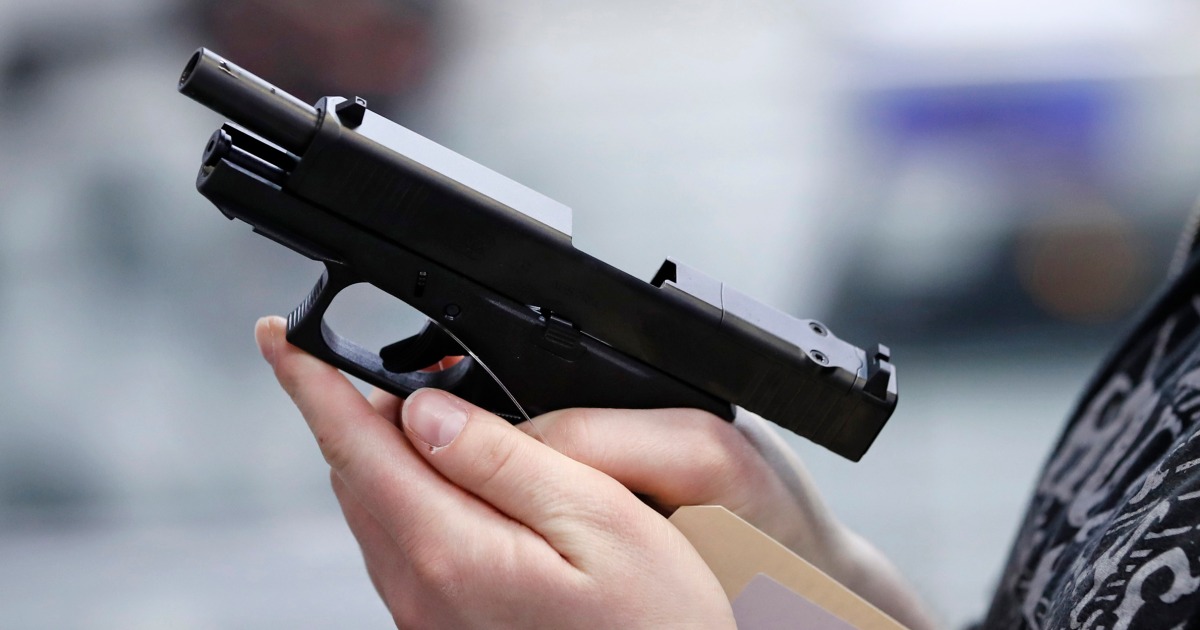
Carrying a handgun has become significantly more common among teenagers over the last two decades.
In the years from 2015 to 2019, adolescents reported carrying a handgun at a rate 41 percent higher than in the period between 2002 and 2006, according to a study published this week in the journal Pediatrics. The findings are based on reports from more than 297,000 adolescents in the U.S. ages 12 to 17.
About 4.6 percent of teens carried handguns in the recent study period, the research found, up from 3.3 percent previously.
The adolescent groups with the biggest increases in gun-carrying rates were white, higher-income and rural residents. By contrast, reports of gun-carrying declined among Black, lower-income, American Indian and Alaskan Native adolescents.
“The overall increase was surprising and very concerning,” said Naoka Carey, a co-author of the study and a Ph.D. candidate in developmental and educational psychology at Boston College.
In the U.S. overall, rates of gun ownership stayed relatively flat during the years analyzed in the study, according to Rand Corporation research. Both Rand and Gallup polls found that rates of individual gun ownership have consistently hovered just below a third of the population.
However, U.S. gun purchases climbed from 2019 to 2020. A February study found that more than 5 million children under 18 became newly exposed to guns in their households from January 2019 to April 2021.
In 2020, guns became the leading cause of death among children and teens for the first time in many decades, according to Centers for Disease Control and Prevention data, surpassing motor vehicle crashes.
The new research found that adolescents who were older, male and from rural or lower-income backgrounds were most likely to carry a handgun. Boys reported carrying at a rate four times higher than girls — 6 percent versus 1.5 percent. Still, gun-carrying became twice as common among girls by the end of the study.
The researchers weren’t sure of the reasons for these changes, but Carey said local gun laws, political affiliation and cultural norms can all influence the prevalence of gun-carrying.
“You might see rates increasing faster, or for certain groups of young people, depending on where they live and what the gun law landscape looks like for them,” she said.
Although it’s illegal to purchase a handgun under age 18, federal law allows minors to temporarily possess them for ranching, farming, target practice and hunting with written consent from a parent or guardian. Beyond that, state regulations vary. In Iowa, minors can carry handguns under the supervision of an adult. Texas law permits parents to gift firearms to minors.
Carey said the study didn’t distinguish between adolescents who carried a handgun illegally and those who went to a gun range with a parent, for instance.
Ali Rowhani-Rahbar, an epidemiology professor who studies the prevention of violence at the University of Washington, said that his own research suggests that most adolescents don’t carry a handgun consistently. A study he published in January, which looked at young people in rural areas in particular, found that half of those ages 12 to 26 who said they’d carried a gun in the last year only did so once.
“Handgun-carrying among the youth appears to be a very intermittent behavior,” he said.
Nonetheless, his study found that one in three young people in rural regions reported carrying a handgun by age 26, and some started as early as 12.
“Access to handguns, more often than not, comes from parents’ ownership of firearms,” Rowhani-Rahbar said. “So there is no doubt that parents here have a really important role, whether it’s an urban area or rural area, in terms of reducing the risk of firearm injury and deaths among their children.”
Carey said parents who own a handgun should make sure it’s unloaded and safely stored out of children’s reach.
“There’s some research around parents saying, ‘Oh, no, I am definitely keeping my gun away for my child.’ And if you interview the child — the adolescents specifically — they’ll say, ‘Oh, yeah, I definitely have access to the gun,'” Carey said. “That discrepancy makes me think there’s definitely some room for parents to take some additional steps.”

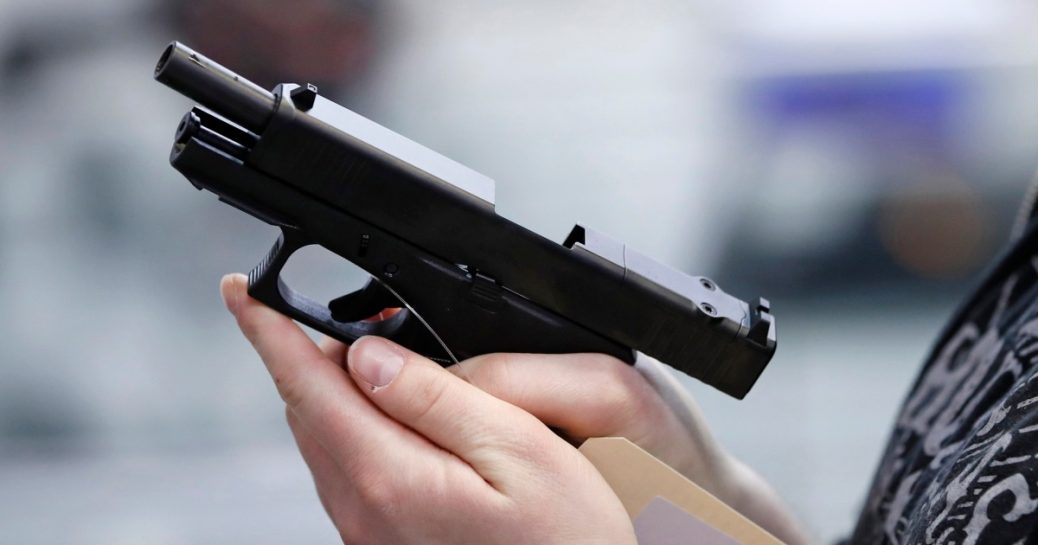
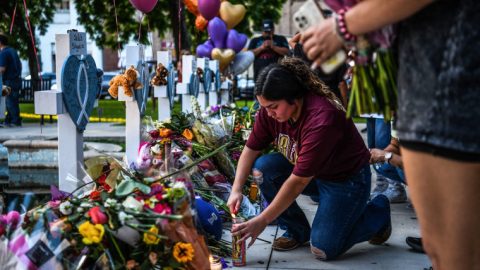

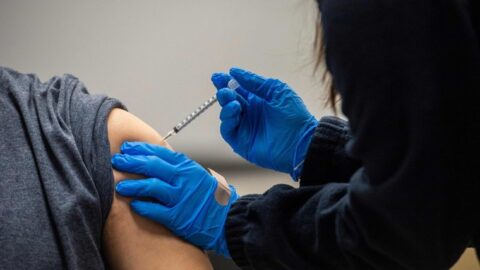
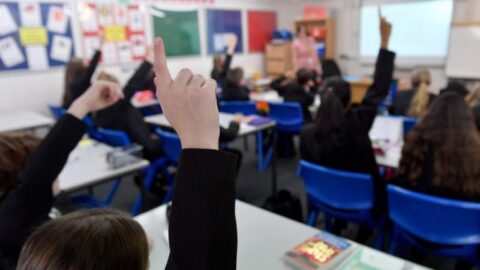



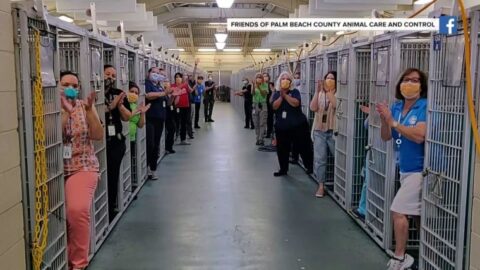
Recent Comments